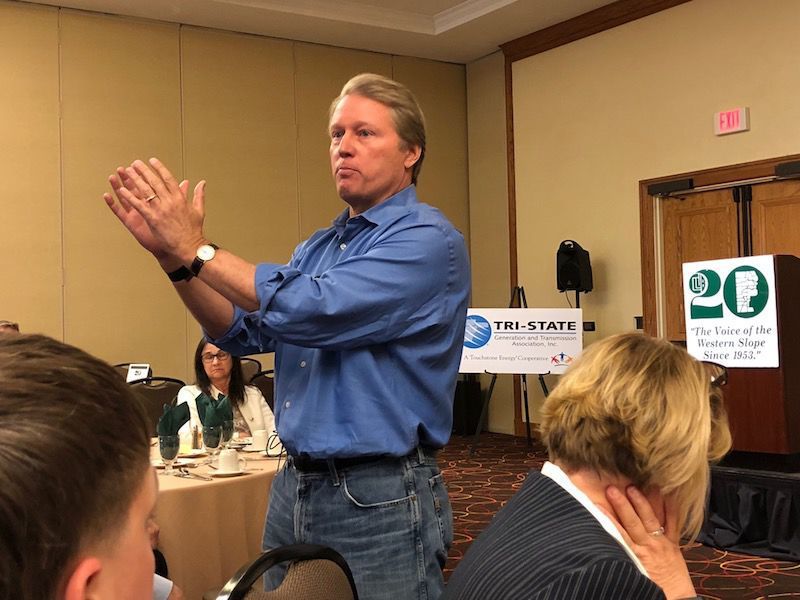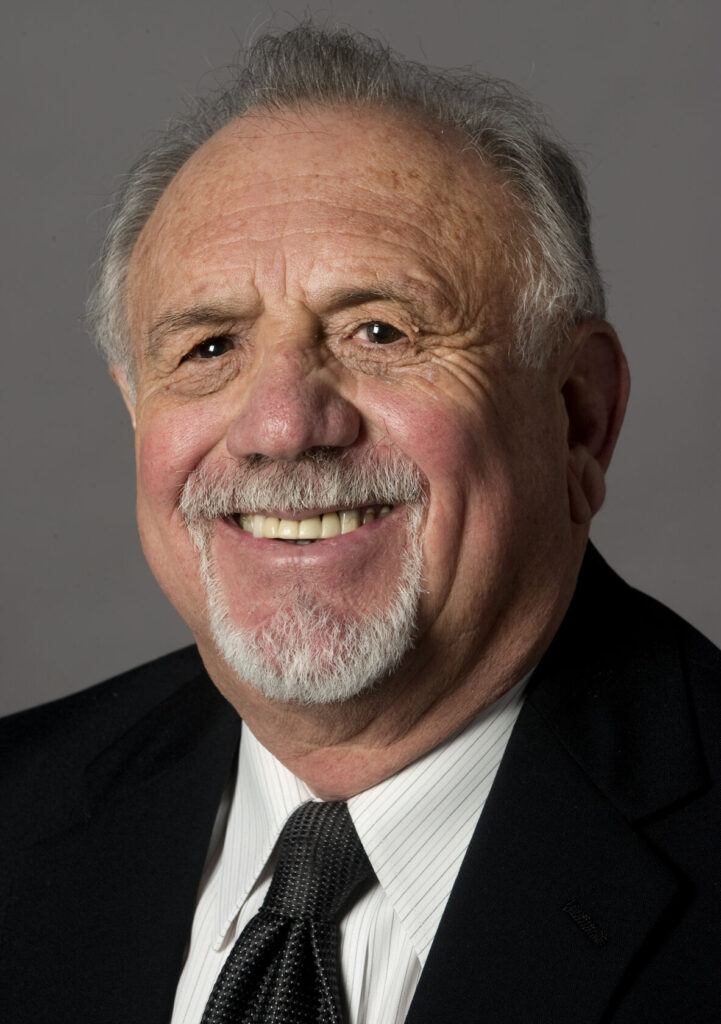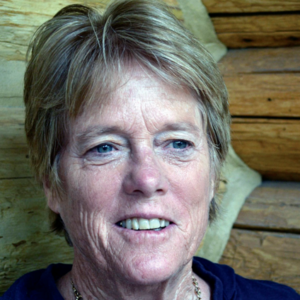HUDSON | Ski-town NIMBYism in disguise?
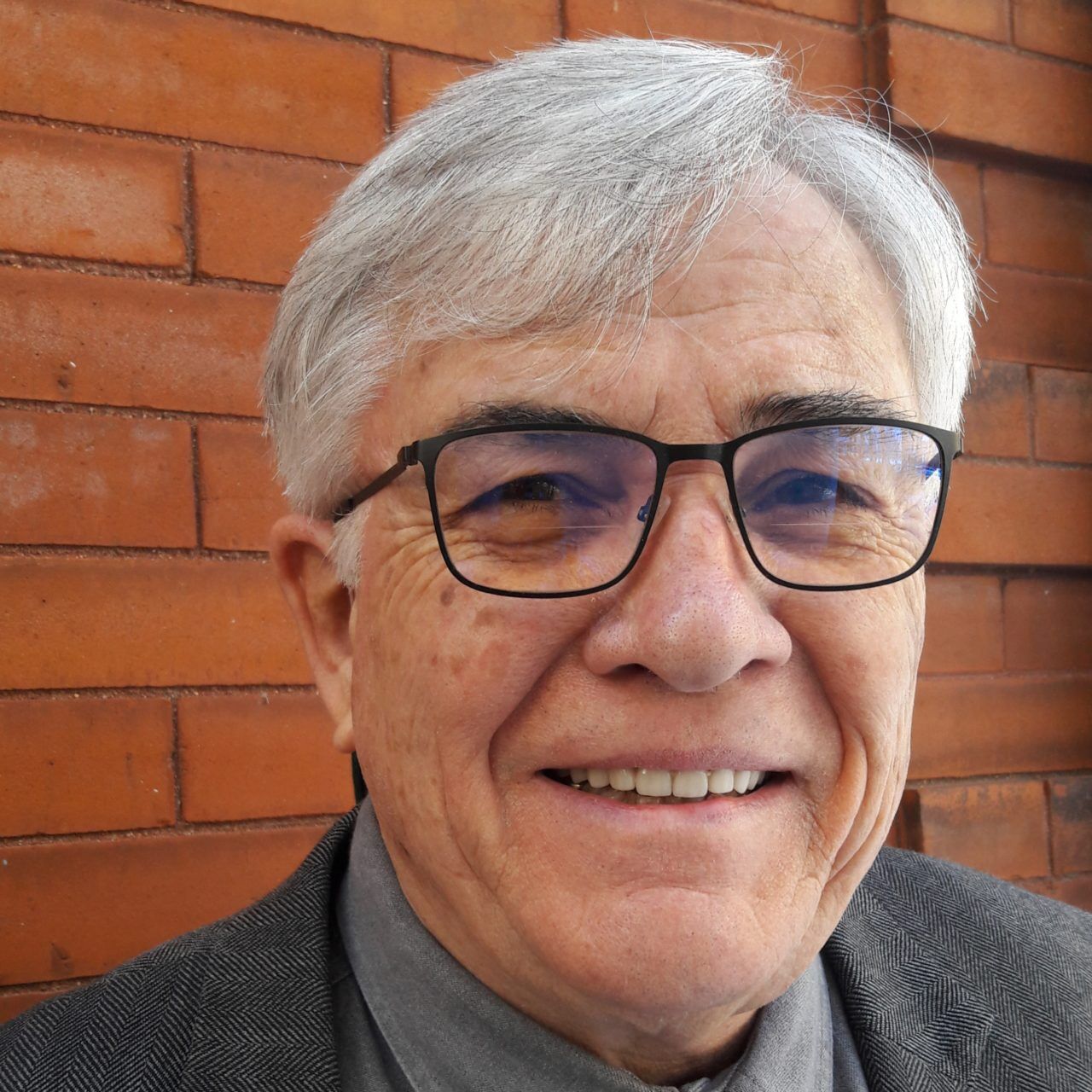
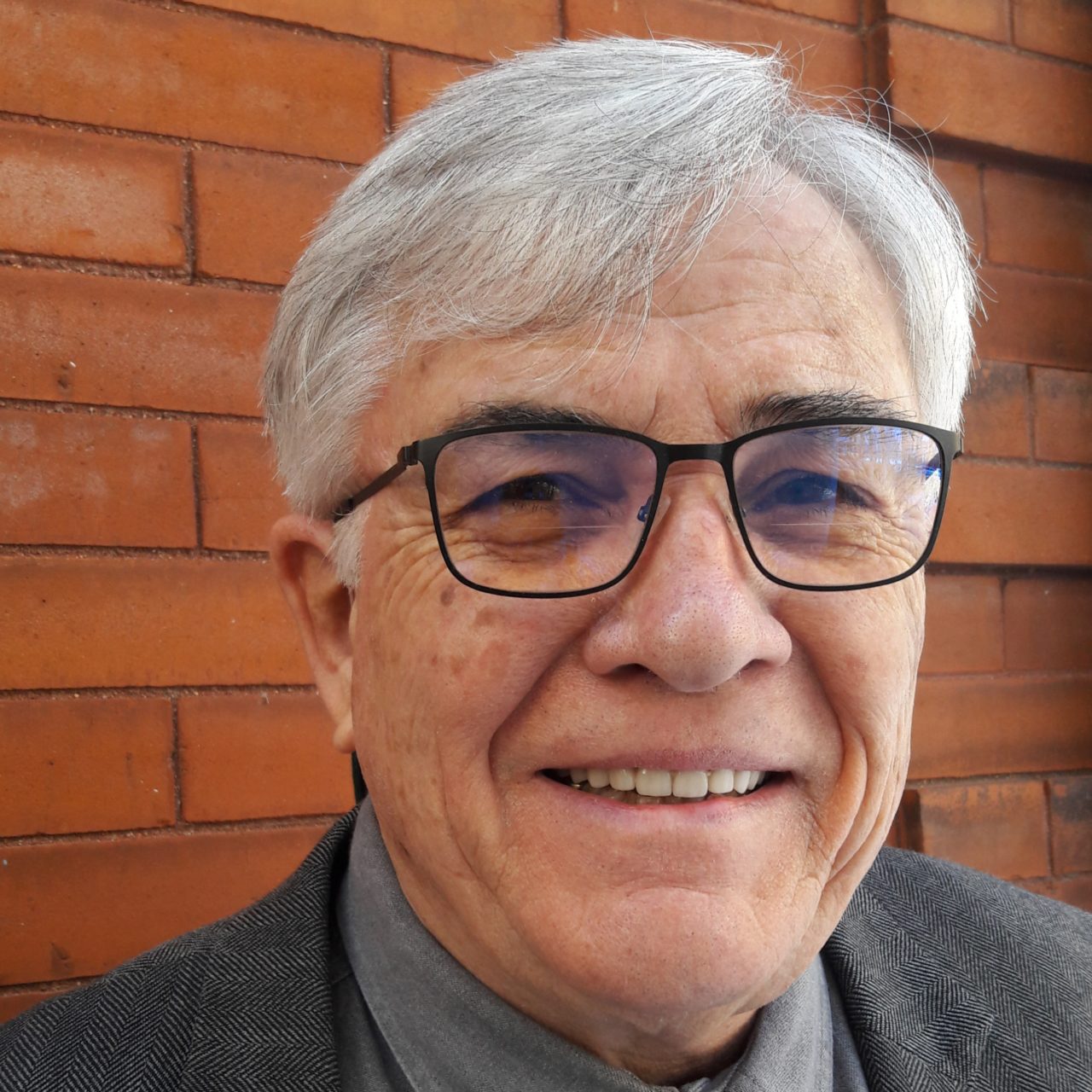
As you read this column the Vail Town Council is preparing to condemn a private piece of property owned by Vail Resorts on which the company proposes to construct affordable housing for 165 employees – thereby killing the project. No, the Council has not been ambushed. In fact, it approved the original zoning five years ago and their planning commission subsequently approved the project in 2019. The district court upheld both approvals in 2020, when they were jointly defended by both the company and the town against a NIMBY challenge. So, what you might ask has changed? Politics, of course.
I will return to this tale, but it’s instructive to examine the fate of light-rail for the Roaring Fork Valley, which was intended to link a blue-collar work force in Garfield County with resort jobs in Pitkin County. A mining era railroad connected Glenwood Springs with Aspen. Twenty-five years ago, when Congress still encouraged appropriations earmarks, then-Congressman Scott McInnis secured $15 million to $20 million dollars for the purchase of this right-of-way. The Roaring Fork Transit Authority, known locally as RAFTA, appeared on its way to a multi-modal transportation network.
What wasn’t included in the transit planners’ calculations was the fact that these tracks crossed properties of hugely wealthy and influential landowners who felt the presence of the rails was of little more significance than a quaint reminder of Colorado’s mining glory. They were shocked to learn peasants might soon be riding through their home sites during trips to work. They swiftly organized a dark-money political-action committee for the sole purpose of torpedoing the project. They wrapped their opposition in a blanket of alleged concerns about public safety. How would cars be protected at grade crossings, not to speak of children playing in the meadows leading across the tracks to creek-side fishing holes?
Opponents were sophisticated enough to recognize they could never prevail against the overwhelming popularity of RAFTA’s light-rail proposal if they relied solely on a not-in-my-backyard argument. Nor did they wish to be identified as donors to the opposition. At the conclusion of their stealth campaign, they had successfully persuaded voters to support a bike trail in place of transit – perhaps the most expensive such trail ever funded courtesy of American taxpayers. It’s a delightful ride, to be sure. Bikers are occasionally struck by cars yet pleas for assuring their safety has never been a political issue. Traffic congestion along the corridor has grown ever worse for commuting workers, however.
It is no secret that Colorado’s central mountain resorts suffer from a lack of affordable housing for employees. So, what’s the issue in Vail? Why is its town Council reversing their support for a project built on private land and paid for with private dollars? On what grounds are they advancing a condemnation of this property they so desperately need?
More compelling than public safety, Vail councilors have wrapped themselves in the mantle of environmental protection. A Bighorn sheep herd winters on the side of the mountain, above the project, and Vail Resorts’ housing solution allegedly might threaten their well-being. Really? Or is this claim merely NIMBYism in disguise?
It’s important to know that the proposed employee housing is only separated from Interstate-70 by an existing frontage road, so talk about migration routes is entirely bogus. Climate warming and drought have damaged the herd’s grazing range and occasionally they invade the grassy verge between these roads to nibble on the greenery watered by highway runoff. Vail Resorts has worked with the Department of Wildlife to develop mitigation strategies for improving the sheep range including a donation of 17 acres. The Council’s concerns have not extended to the construction of additional mega-mansions nearby. If all this strikes you as strange, you are not alone.
On April 11, Vail Resorts announced employee housing projects planned at four of their resorts, including Park City in Utah, Whistler-Blackcomb in British Columbia and Okemo Mountain in Vermont. Only in Vail has there been an objection. The company has made it clear they believe their resorts can only be successful if their employees can become residents themselves. The whole point of being a ski bum for a year or two is to participate in the unique culture of a ski community as so many former Colorado transplants will confirm. There’s been no outcry from Mormon bishops opposing the 441 units under construction at the base village in Park City. Only in Colorado, where dollars often defeat common sense.
Vail Resorts chief executive Kirsten Lynch addressed a letter to employees last month telling them, “our employees are at the core of our mission to create an experience of a lifetime… and affordable housing is an essential part of that.”
Amen! If you want your sheets changed, it helps when the help are also neighbors.
Miller Hudson is a public affairs consultant and a former Colorado legislator.


